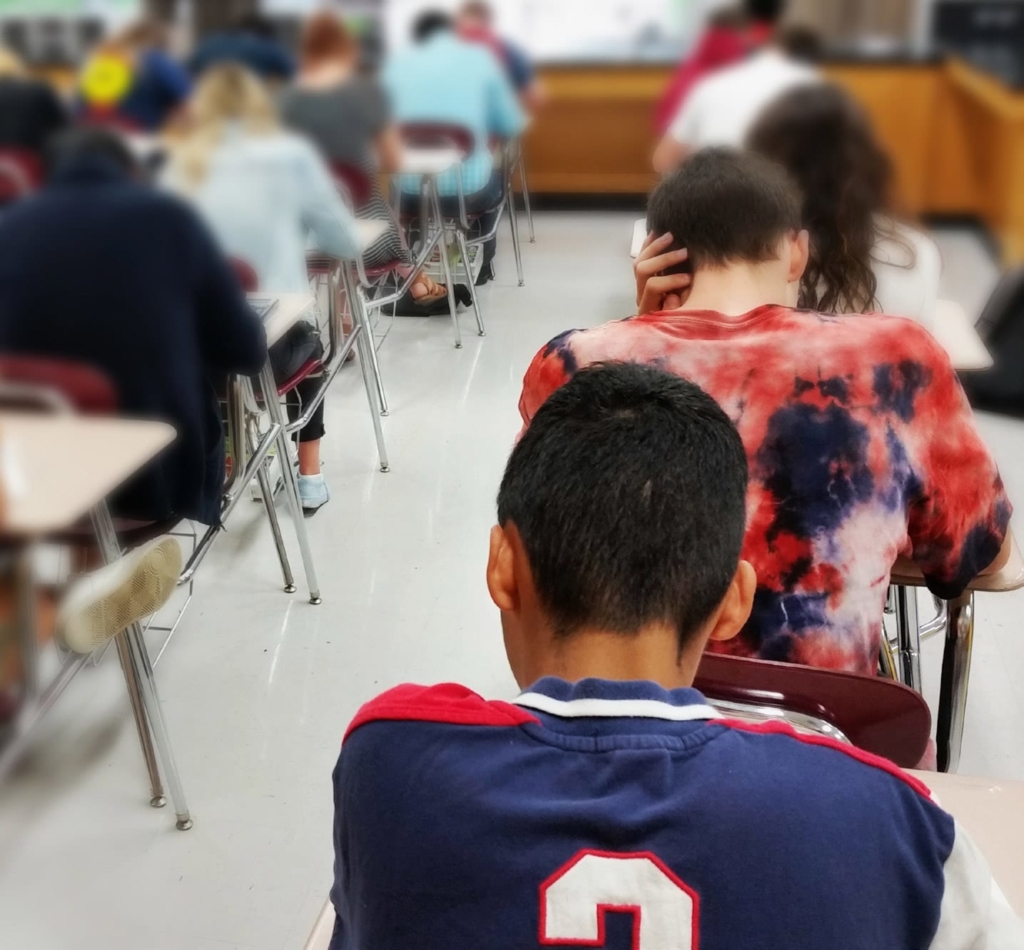Students of color and students with Pell Grants remain underrepresented in the nation’s colleges and they experience persistent disparities in graduation rates.
I hope the next time National Advisory Committee on Institutional Quality and Integrity (NACIQI) convenes, your dashboards will display outcomes data disaggregated by race/ethnicity. In the meantime, we invite you to use collegeresults.org.
But as important as college access and outcomes data are, they don’t tell the whole story for students.
I’m here today to ask you all – Department of Education officials, NACIQI members, and accreditors – to use your authority to ensure federally funded higher education institutions monitor, report on, and radically improve campus racial climate for students of color.
At Ed Trust, when we saw statements from colleges in support of Black Lives Matter in summer 2020 and observed increases in Black student enrollment at Historically Black Colleges and Universities (HBCUs), we decided to learn more about the experiences of students of color at colleges with mostly White students.
We consulted federal data.
Of all the federally reported hate crimes at U.S. colleges in 2021, more than half were racially motivated.
We also interviewed students to understand their experiences.
They shared that it’s not just the most egregious acts that affect their well-being and success.
Too often, students of color are the only ones in their classes, and they see few, if any, faculty of color.
Too often, these students are scorned and dismissed when they ask for help, rather than assisted.
Undocumented students of color face anti-immigrant hatred and bullying from peers on campus, while Muslim students of color can’t find food they can eat.
On top of their heavy class loads and jobs, Black students are often expected to assume the extra and uncompensated labor of making the small share of other Black students admitted annually feel safe and welcome on campus.
Due to inhospitable campus racial climates, students of color often endure undue stress, doubts about belonging, and worry about their physical safety and mental health.
To state the obvious, these conditions aren’t conducive to college success.
U.S. higher education is failing students of color, who make up a growing share of the student body.
But there are some reasons to be hopeful.
Western Association of Schools and Colleges (WASC) Senior College & University Commission (WSCUC) has a new equity and inclusion policy that will be applied during accreditation reviews.
Middle States Commission on Higher Education (MSCHE) is highlighting colleges, like the University at Albany-SUNY, that are making an inclusive campus racial climate a top priority.
We’re calling on you to build on this work with the urgency it requires.
We at The Education Trust look forward to seeing progress and are always willing to help advance equity.
Thank you.
Jessie Hernandez-Reyes
Senior Policy Analyst, Higher Education
The Education Trust







